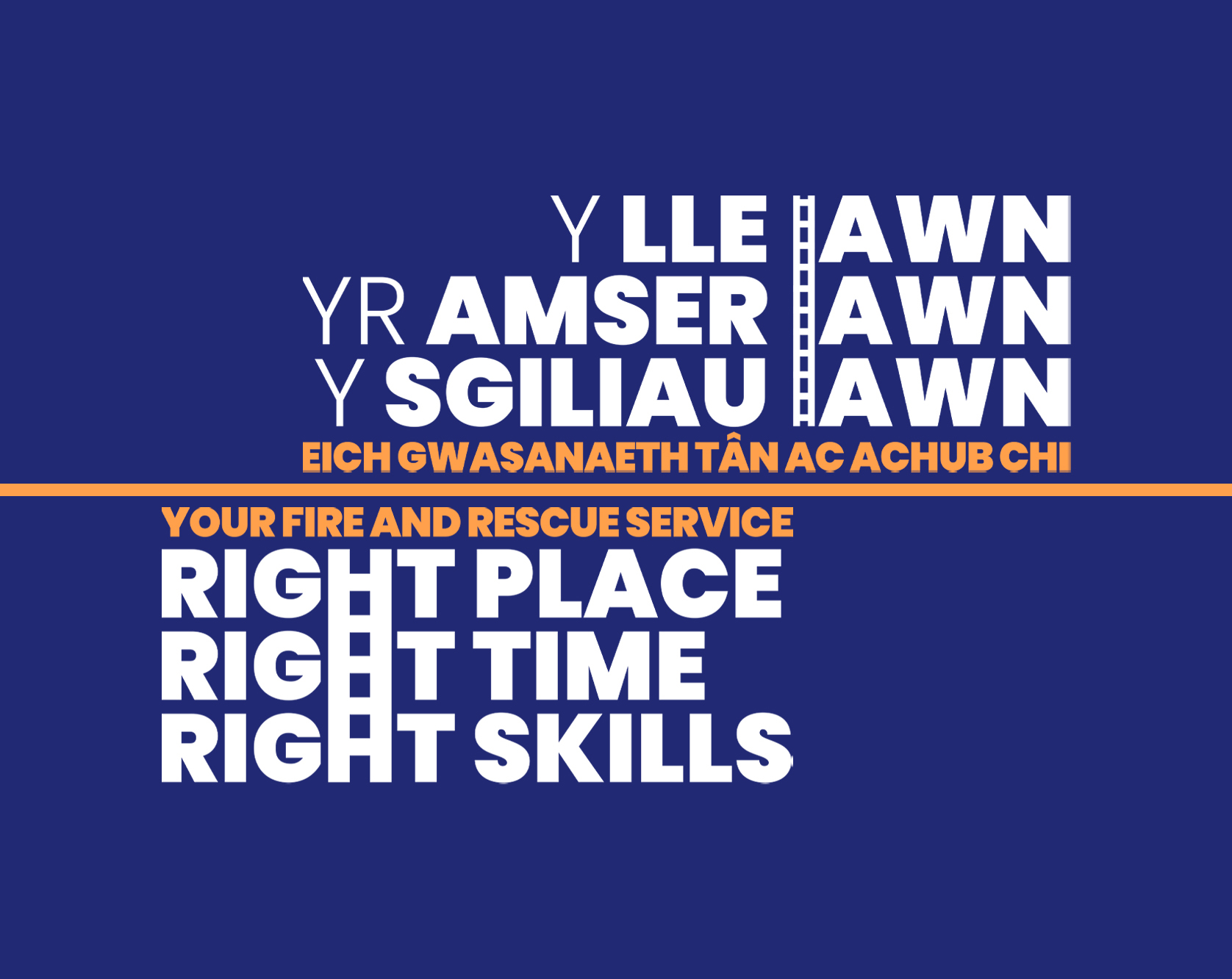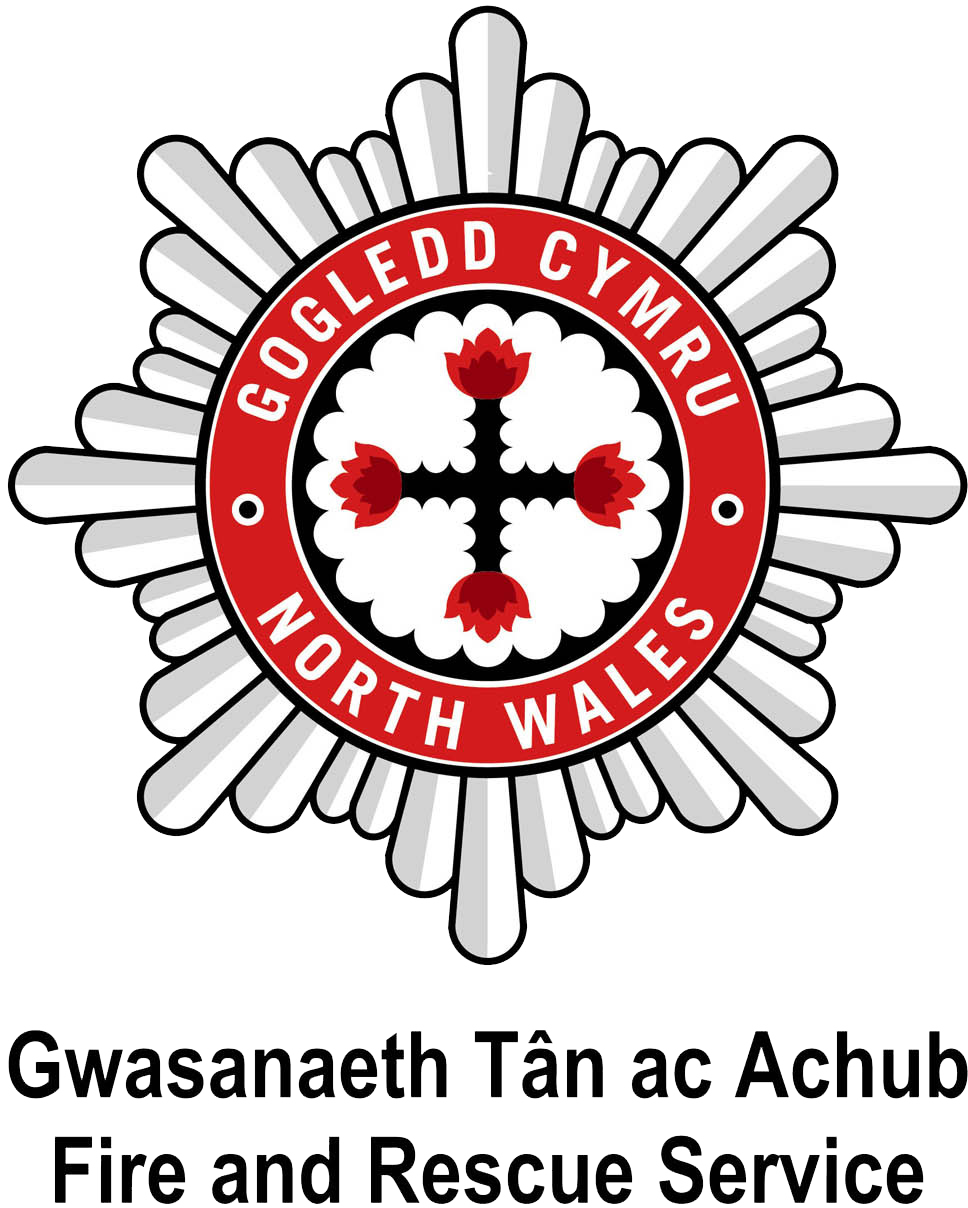What options are you consulting on: what do they mean for our communities and staff?
-
 Option 1
Option 1 -
 Option 2
Option 2 -
 Option 3
Option 3 -
 What would be the impact on our emergency response?
What would be the impact on our emergency response? -
 How were the options developed?
How were the options developed?

Three options were chosen for public consultation and these have different implications for helping to ensure we can be there for you at the right place, the right time, and with the right skills.
You can find out more about Option 1 here.
You can find out more about Option 2 here.
You can find out more about Option 3 here.
What do we mean by aiming to provide the fairest possible service?
There are a whole range of factors that come into play when considering how we can provide the fairest possible service across all communities in North Wales and the challenge for us as a Service is finding the right balance in meeting all our objectives.
Firstly, we need to be able to respond to a variety of different incidents including flooding, wildfires, house fires, road traffic collisions, industrial incidents, water safety challenges and so on.
We also need to ensure that we respond in a timely manner to be able to provide the most effective response possible to you, the public - whoever you are, wherever you live in North Wales and whatever your needs. We know our population is aging and as a result we expect people may require more of our assistance in the future.
We still need to work to protect businesses and keep members of the public as safe as possible by preventing incidents from happening in the first place.
And equally importantly, we have the highest commitment and duty of care to our staff, their safety and their wellbeing.
Why have additional day staffed fire stations?
The three options under consideration all involve changing the way we staff some of our fire stations during day time hours, from a retained duty system crewed by on-call firefighters to a day staffed duty system crewed by wholetime firefighters, which would be a new duty system for North Wales.
Day staffing means that fire stations would be crewed by full-time firefighters during 12 hours of the day (e.g. 8am until 8pm), supplemented by on-call firefighters, and reverting to being fully on-call fire stations overnight.
Day staffing would need to be agreed locally with staff if this was decided as a way forward. Other fire and rescue services in the UK already operate this type of staffing model.
The locations proposed for day staffing, and some of the reasoning for this, are as follows:
Porthmadog: Greater improvement in response compared to other local stations.
Availability support from neighbouring on-call stations. Station facilities will support a change with minimum investment (Options 1, 2 and 3).
Dolgellau: Strategic location in South Gwynedd with better transport networks for a greater response impact. Availability support from neighbouring on-call stations. Station facilities will support a change with minimum investment (Options 1, 2 and 3).
Corwen: Strategic location covering South Denbighshire with networks into other on-call areas across several local unitary authorities. Availability support from neighbouring on-call stations. Station facilities will support a change with minimum investment (Options 1 and 2).
Why change from wholetime to day staffing at Rhyl and Deeside?
Option 1 proposes changing Rhyl and Deeside fire stations to the established day crewing duty system, as described earlier.
Under Options 2 and 3 we are proposing to change two of our wholetime fire stations – Rhyl and Deeside – to a ‘day staffing’ model.
We considered the volume of incidents across the day time and night time, the level of risk across the affected areas, and the availability support from neighbouring on-call stations.
We also considered the current incident volume at these stations which is more comparable with our existing day crewed fire stations.
This would also help to create the firefighter capacity required in order to implement day staffing in all three options and enhance our response in more rural areas.
Why remove Wrexham fire station’s third appliance?
Removing Wrexham’s third appliance as part of Options 2 and 3, together with the proposed change at Rhyl and Deeside fire stations, would enable us to redistribute staff and enhance our response in more rural areas.
Again, we considered the volume of incidents across the day time and night time, the level of risk across the affected areas, and the availability support from neighbouring on-call stations.
We know that over five years across North Wales, our average attendance time with one fire appliance is under 11 minutes and we currently attend 93.6% of all incidents within 20 minutes. The demand placed on us by industry is low, with Wrexham attending on average 25 non-residential primary fires a year. Work done to reduce incidents at HMP Berwyn has also resulted in far fewer fire and rescue service attendances than when it first opened.
There would be no change to the 24/7 response of our first appliance from Wrexham with these proposals.
Why consider closing five on-call fire stations?
Option 3 is not taken lightly as it involves considering the permanent closure of five on-call fire stations.
It also means fewer firefighters and therefore a reduction in local job opportunities, impacting the social value in those communities.
In all, it is envisaged that 74 fewer firefighters (wholetime and on-call) would be required if this option was adopted – which equates to 11.5% of our total number of firefighters in the Service.
It would therefore reduce our operational response and result in greater risk to our communities.
This option does however help to reduce budget pressures at a time when financial challenges are greater than ever.
All the options will result in asking North Wales households to pay more for our services in future in order to meet these challenges – but Option 3 would mean households would be asked to pay less than the other options (£4.41 a year less per household than Option 2, and £8.14 a year less per household than Option 1).
Whilst Option 3 would clearly impact staff and our communities in certain locations, we would work hard to keep this to an absolute minimum and would be committed to working closely to support any staff who may be affected by these changes.
Factors for identifying on-call fire stations considered for closure with Option 3
• Incident numbers.
• Modelled impact on average response times if the station was removed.
• Modelled impact on average response times if the station was 100% available.
• Capacity of neighbouring stations to absorb call volume.
• Appliance utilisation rates.
• Current establishment – financial savings.
• Longer term financial savings – rates, utilities, equipment and training costs.
View a PDF of the full consultation document here.

